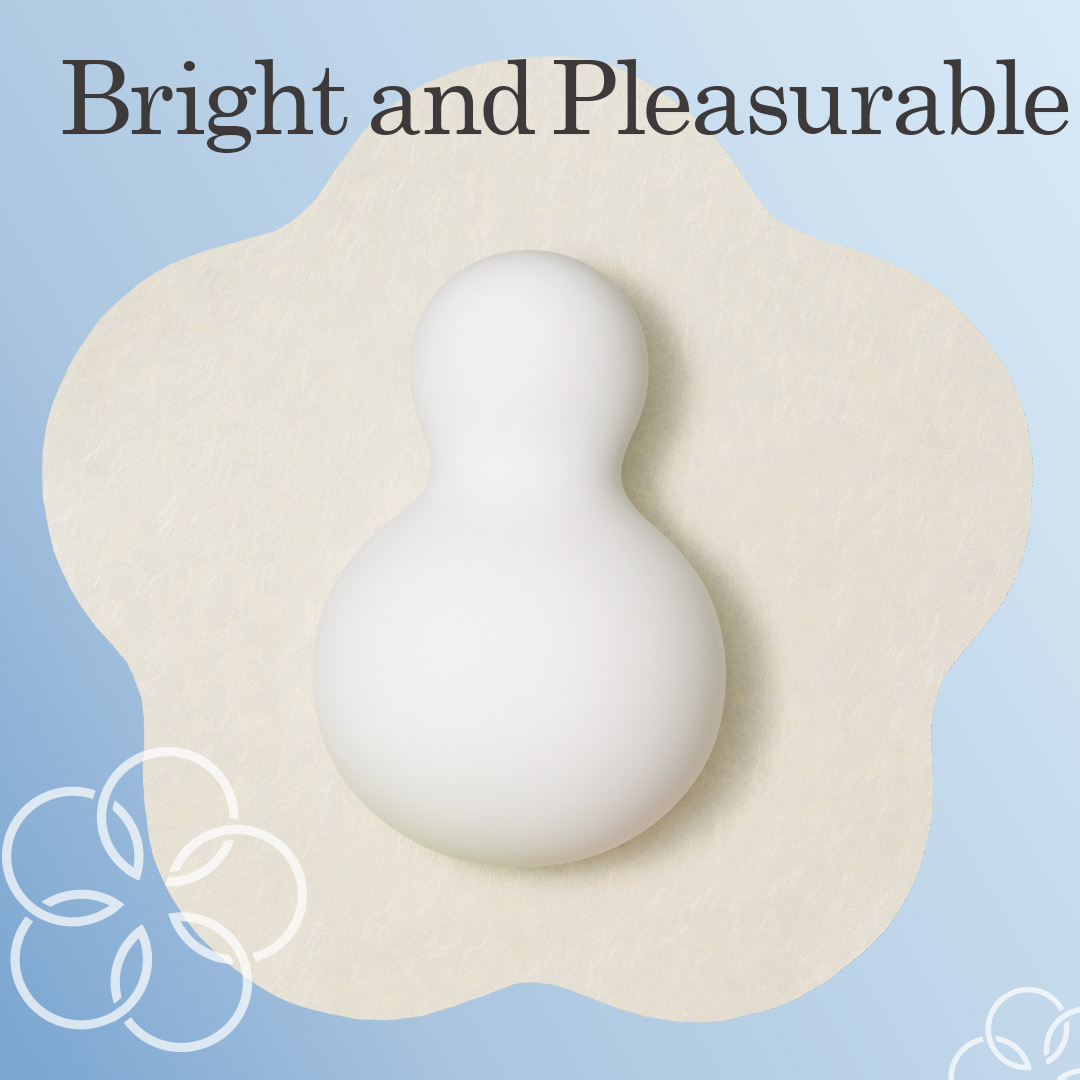The saying, “The best workout program is the one you’re not using,” holds a certain truth, even though crafting a workout regimen isn’t a straightforward task. Numerous early investigations into weight training tried to identify the single best set/rep regimen. It’s reminiscent of the Highlander series catchphrase, “There can only be one.”
Take, for example, the 5×5 method popularized by Arnold Schwarzenegger’s mentor Reg Park, a Mr. Universe and Hercules in film. Park was the first bodybuilder to bench press 500 pounds, demonstrating his impressive strength.
In 1981, Mike Stone and his associates shared a study suggesting that blending protocols was superior to focusing on a single one for strength training. Their paper, “A Hypothetical Model for Strength Training,” proposed a workout shift from low intensity/high reps with fewer sets (or high volume) to high intensity/low reps and more sets (or low volume). This was based on a 1954 model by Russian sports scientist Leonid Matveyev. The ultimate goal was to lift the maximum weights for 1RM (1 repetition maximum) at the end of a cycle.
The program has four phases, each lasting three to four weeks:
1. Hypertrophy: 3-5 reps with 6-12 sets at 67-85% of 1RM
1. Basic Strength: 3-5 reps with 6 sets at 85% of 1RM
1. Strength and Power: 3-5 reps with 1-5 sets at 75-90% of 1RM
1. Peaking or Maintenance: 1-3 reps with 1-3 sets that progress from high intensity to a very low intensity.
Another popular program design among collegiate strength coaches is non-linear periodization, which focuses on training variety. Unlike the Stone model, which changes set/rep protocols every few weeks, this program varies them with each workout.
Steve Fleck and William Kraemer, authors of “Optimizing Strength Training,” propose a 16-week workout with a rotation of repetitions:
1. Monday: 12-15 repetitions
1. Wednesday: 8-10 repetitions
1. Friday: 4-6 repetitions
1. Monday: 1-3 repetitions
1. Wednesday: 3 repetitions or fewer
1. Friday: 12-15 repetitions
I concur with the need to alter repetition protocols, particularly for advanced athletes. My general rule is to change the volume/intensity of workouts every two weeks. But from a physiological perspective, this doesn’t quite make sense, as it doesn’t give the body enough time to adapt.
To clarify, for instance, performing 12-15 sets targets “slow twitch” Type I muscles and muscle fibers, while sets of 1-5 aid in developing “fast twitch” Type II muscle fibers. Type I fibers can’t convert to Type II fibers, so this workout wouldn’t benefit football linemen or discus throwers, who are strength/power athletes. It’s worth noting that Type II fibers can adopt Type I characteristics after aerobic training.
Designing a periodization program is complex, but don’t worry. If you’re a beginner, the 10/8/6 Training system can be very effective. This system has been around for over a century. The earliest mention I found of it was from a colleague who was introduced to it in 1972 at Bob’s Athletic Club in Fremont, California. The gym owner was Bob Perata, and Ed Corney, who appeared on both the book cover and movie poster of “Pumping Iron”, used it as his home gym. Ed Corney was an exceptional bodybuilder poser. In 1975, he gave Franco Columbu a run for his money in that year’s Mr. Olympia lightweight division. Corney was also the poster boy for “Pumping Iron,” a film that followed Arnold’s preparation for the 1975 Mr. Olympia. A book of the same name by Charles Gaines and George Butler featured Corney on its cover.
The 10/8/6 program is motivating for beginners because the 2nd and 3rd sets have fewer reps, allowing for heavier weights, which can create the illusion of greater strength, despite previous set fatigue. As beginners have slower recovery ability, three sets are more than sufficient. As they improve and grow stronger, they can add another set and experiment with variations like the 12/10/8/6 for muscle building and 10/8/6/4 for additional strength requirements.
The 10/8/6 system isn’t suitable for all exercises. Olympic lifts, snatch, and clean and jerk are too technical for these reps. If attempted, the light weights used would have minimal strength training effect. In 1982, Vince Gorin introduced a 10/8/6/15 protocol using progressively heavier weights for 8 to 6 reps, ending with a 15 rep set with a light “pump”.The saying, “The best workout program is the one you’re not using,” holds a certain truth, even though crafting a workout regimen isn’t a straightforward task. Numerous early investigations into weight training tried to identify the single best set/rep regimen. It’s reminiscent of the Highlander series catchphrase, “There can only be one.”
Take, for example, the 5×5 method popularized by Arnold Schwarzenegger’s mentor Reg Park, a Mr. Universe and Hercules in film. Park was the first bodybuilder to bench press 500 pounds, demonstrating his impressive strength.
In 1981, Mike Stone and his associates shared a study suggesting that blending protocols was superior to focusing on a single one for strength training. Their paper, “A Hypothetical Model for Strength Training,” proposed a workout shift from low intensity/high reps with fewer sets (or high volume) to high intensity/low reps and more sets (or low volume). This was based on a 1954 model by Russian sports scientist Leonid Matveyev. The ultimate goal was to lift the maximum weights for 1RM (1 repetition maximum) at the end of a cycle.
The program has four phases, each lasting three to four weeks:
1. Hypertrophy: 3-5 reps with 6-12 sets at 67-85% of 1RM
1. Basic Strength: 3-5 reps with 6 sets at 85% of 1RM
1. Strength and Power: 3-5 reps with 1-5 sets at 75-90% of 1RM
1. Peaking or Maintenance: 1-3 reps with 1-3 sets that progress from high intensity to a very low intensity.
Another popular program design among collegiate strength coaches is non-linear periodization, which focuses on training variety. Unlike the Stone model, which changes set/rep protocols every few weeks, this program varies them with each workout.
Steve Fleck and William Kraemer, authors of “Optimizing Strength Training,” propose a 16-week workout with a rotation of repetitions:
1. Monday: 12-15 repetitions
1. Wednesday: 8-10 repetitions
1. Friday: 4-6 repetitions
1. Monday: 1-3 repetitions
1. Wednesday: 3 repetitions or fewer
1. Friday: 12-15 repetitions
I concur with the need to alter repetition protocols, particularly for advanced athletes. My general rule is to change the volume/intensity of workouts every two weeks. But from a physiological perspective, this doesn’t quite make sense, as it doesn’t give the body enough time to adapt.
To clarify, for instance, performing 12-15 sets targets “slow twitch” Type I muscles and muscle fibers, while sets of 1-5 aid in developing “fast twitch” Type II muscle fibers. Type I fibers can’t convert to Type II fibers, so this workout wouldn’t benefit football linemen or discus throwers, who are strength/power athletes. It’s worth noting that Type II fibers can adopt Type I characteristics after aerobic training.
Designing a periodization program is complex, but don’t worry. If you’re a beginner, the 10/8/6 Training system can be very effective. This system has been around for over a century. The earliest mention I found of it was from a colleague who was introduced to it in 1972 at Bob’s Athletic Club in Fremont, California. The gym owner was Bob Perata, and Ed Corney, who appeared on both the book cover and movie poster of “Pumping Iron”, used it as his home gym. Ed Corney was an exceptional bodybuilder poser. In 1975, he gave Franco Columbu a run for his money in that year’s Mr. Olympia lightweight division. Corney was also the poster boy for “Pumping Iron,” a film that followed Arnold’s preparation for the 1975 Mr. Olympia. A book of the same name by Charles Gaines and George Butler featured Corney on its cover.
The 10/8/6 program is motivating for beginners because the 2nd and 3rd sets have fewer reps, allowing for heavier weights, which can create the illusion of greater strength, despite previous set fatigue. As beginners have slower recovery ability, three sets are more than sufficient. As they improve and grow stronger, they can add another set and experiment with variations like the 12/10/8/6 for muscle building and 10/8/6/4 for additional strength requirements.
The 10/8/6 system isn’t suitable for all exercises. Olympic lifts, snatch, and clean and jerk are too technical for these reps. If attempted, the light weights used would have minimal strength training effect. In 1982, Vince Gorin introduced a 10/8/6/15 protocol using progressively heavier weights for 8 to 6 reps, ending with a 15 rep set with a light “pump”.











